
Jean-Louis Lebris de Kérouac, known as Jack Kerouac, was an American novelist and poet who, alongside William S. Burroughs and Allen Ginsberg, was a pioneer of the Beat Generation.

The Beat Generation was a literary subculture movement started by a group of authors whose work explored and influenced American culture and politics in the post-World War II era. The bulk of their work was published and popularized by Silent Generationers in the 1950s, better known as Beatniks. The central elements of Beat culture are the rejection of standard narrative values, making a spiritual quest, the exploration of American and Eastern religions, the rejection of economic materialism, explicit portrayals of the human condition, experimentation with psychedelic drugs, and sexual liberation and exploration.
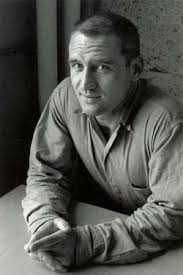
Neal Leon Cassady was a major figure of the Beat Generation of the 1950s and the psychedelic and counterculture movements of the 1960s.
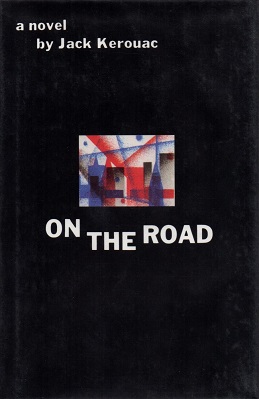
On the Road is a 1957 novel by American writer Jack Kerouac, based on the travels of Kerouac and his friends across the United States. It is considered a defining work of the postwar Beat and Counterculture generations, with its protagonists living life against a backdrop of jazz, poetry, and drug use. The novel is a roman à clef, with many key figures of the Beat movement, such as William S. Burroughs, Allen Ginsberg, and Neal Cassady represented by characters in the book, including Kerouac, himself, as the narrator, Sal Paradise.

Vanity of Duluoz: An Adventurous Education, 1935–46 is a 1968 semi-autobiographical novel by Jack Kerouac. The book describes the adventures of Kerouac's alter ego, Jack Duluoz, covering the period of his life between 1935 and 1946. The book includes reminiscences of the author's high school experiences in Lowell, Massachusetts, his education at Columbia University, and his subsequent naval service during World War II. It culminates with the beginnings of the beat movement. It was Kerouac's last work published during his life. The tone of the book has been noted for its stark contrast to On the Road.
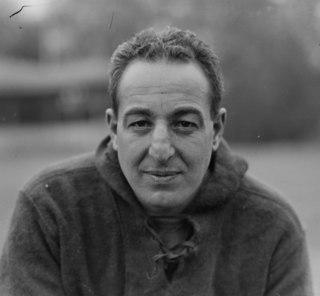
Luigi "Lou Little" Piccirilli December 6, 1891 – May 28, 1979) was an American football player and coach born in Boston, Massachusetts. After Lou's birth, his father changed his family name to "Little", translating the Italian family name and moved his family to Leominster in 1896. Little played football at Leominster High School where he was the team captain in 1910, his senior season. The 1910 team, led by Little’s stellar play, was Leominster’s first undefeated football team. Little went on to play one postgraduate season for the Worcester Academy Hilltoppers in 1911 before returning to coach his alma mater Leominster High School for one season in 1912. He served as the head coach at Georgetown College, now Georgetown University, from 1924 to 1929 and at Columbia University from 1930 to 1956, compiling a career college football record of 151–128–13. Little played college football as a tackle at the University of Pennsylvania for the 1916 and 1919 seasons and then with the professional football team the Frankford Yellow Jackets from 1920 to 1923. He was inducted into the College Football Hall of Fame as a coach in 1960. He appeared as Lu Libble in Jack Kerouac's novel Maggie Cassidy, a fictionalized account of Kerouac's early life.
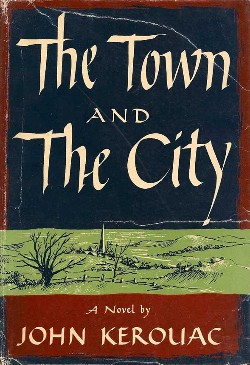
The Town and the City is a novel by Jack Kerouac, published by Harcourt Brace in 1950. This was the first major work published by Kerouac, who later became famous for his second novel On the Road (1957). Like all of Jack Kerouac's major works, The Town and the City is essentially an autobiographical novel, though less directly so than most of his other works. The Town and the City was written in a conventional manner over a period of years, and much more novelistic license was taken with this work than after Kerouac's adoption of quickly written "spontaneous prose". The Town and the City was written before Kerouac had developed his own style, and it is heavily influenced by Thomas Wolfe.

Lucien Carr was a key member of the original New York City circle of the Beat Generation in the 1940s and also a convicted manslaughterer. He later worked for many years as an editor for United Press International.
Edie Kerouac-Parker was the author of the memoir You'll Be Okay, about her life with her first husband, Jack Kerouac, and the early days of the Beat Generation. While an art student under George Grosz at Barnard College, she and fellow Barnard student and friend Joan Vollmer shared an apartment on 118th Street in New York City which came to be frequented by many of the then unknown Beats, among them Vollmer's eventual husband William S. Burroughs, and fellow Columbia students Jack Kerouac and Allen Ginsberg as well as Lucien Carr.
The West End Bar, also known for a time as the "West End Gate", was located on Broadway near 114th Street in Morningside Heights, Manhattan, New York City. From its establishment in 1911, the bar served as a common gathering place for Columbia University students, faculty and administration. The bar was also a meeting place for many Beat Generation writers as well as many 1960s student activists when they attended the university.

Mexico City Blues is a long poem by Jack Kerouac, composed of 242 "choruses" or stanzas, which was first published in 1959. Written between 1954 and 1957, the poem is the product of Kerouac's spontaneous prose technique, his Buddhist faith, emotional states, and disappointment with his own creativity—including his failure to publish a novel between 1950's The Town and the City and the more widely acclaimed On the Road (1957).
Ann Charters is Professor Emerita of American Literature at the University of Connecticut at Storrs. She is a Jack Kerouac and Beat Generation scholar.

Hartley Hall was the first official residence hall constructed on the campus of Columbia University's Morningside Heights campus, and houses undergraduate students from Columbia College as well as the Fu Foundation School of Engineering and Applied Science. The building is named for Columbia alumnus Marcellus Hartley Dodge, who donated $300,000 for its construction shortly after his graduation. The building was meant as a memorial to his grandfather, Marcellus Hartley, the owner of Remington Arms, who died during Dodge's sophomore year and who bequeathed him the family fortune. Dodge hoped to create “the commencement of a true dormitory system" at Columbia.

Wallach Hall is the second oldest residence hall on the campus of Columbia University, and currently houses undergraduate students from Columbia College as well as the Fu Foundation School of Engineering and Applied Science.
Jack Kerouac was an American novelist and poet. He is considered a literary iconoclast and, alongside William S. Burroughs and Allen Ginsberg, a pioneer of the Beat Generation. Kerouac is recognized for his method of spontaneous prose. Thematically, his work covers topics such as Catholic spirituality, jazz, promiscuity, Buddhism, drugs, poverty, and travel. Kerouac used the name "Duluoz Legend" to refer to his collected autobiographical works.
Justin W. Brierly was an American educator and lawyer. Born to a Colorado pioneer family and educated at Columbia and the University of Denver Law School, he was noted in his work in secondary education for his efforts to place students into prominent universities, and as a patron of the performing arts in Colorado. He is also remembered for his association with Beat Generation icons Neal Cassady and Jack Kerouac.

The Sea Is My Brother is a novel by the American author Jack Kerouac, published in 2011. The novel was written in 1942 and remained unpublished throughout Kerouac's lifetime due to his dissatisfaction with it. The plot and its characters are based on Kerouac's experience in United States Merchant Marine during World War II.
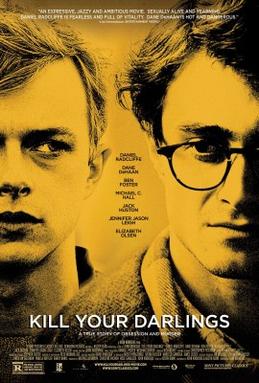
Kill Your Darlings is a 2013 American biographical drama film written by Austin Bunn and directed by John Krokidas in his feature film directorial debut. The film had its world premiere at the 2013 Sundance Film Festival, garnering positive first reactions. It was shown at the 2013 Toronto International Film Festival, and it had a limited theatrical North American release from October 16, 2013. Kill Your Darlings became available on Blu-ray and DVD in the US on March 18, 2014, and then in the UK on April 21, 2014.
Haldon Chase, often referred to as "Hal Chase", was a Denver-born archaeologist, who was known for his archaeological research on several rock art sites at Colorado. Outside the field of archaeology, he was best known as part of the earliest Beat circle.
John Heling Shen-Sampas serves as the literary executor for the estate of Jack Kerouac.












